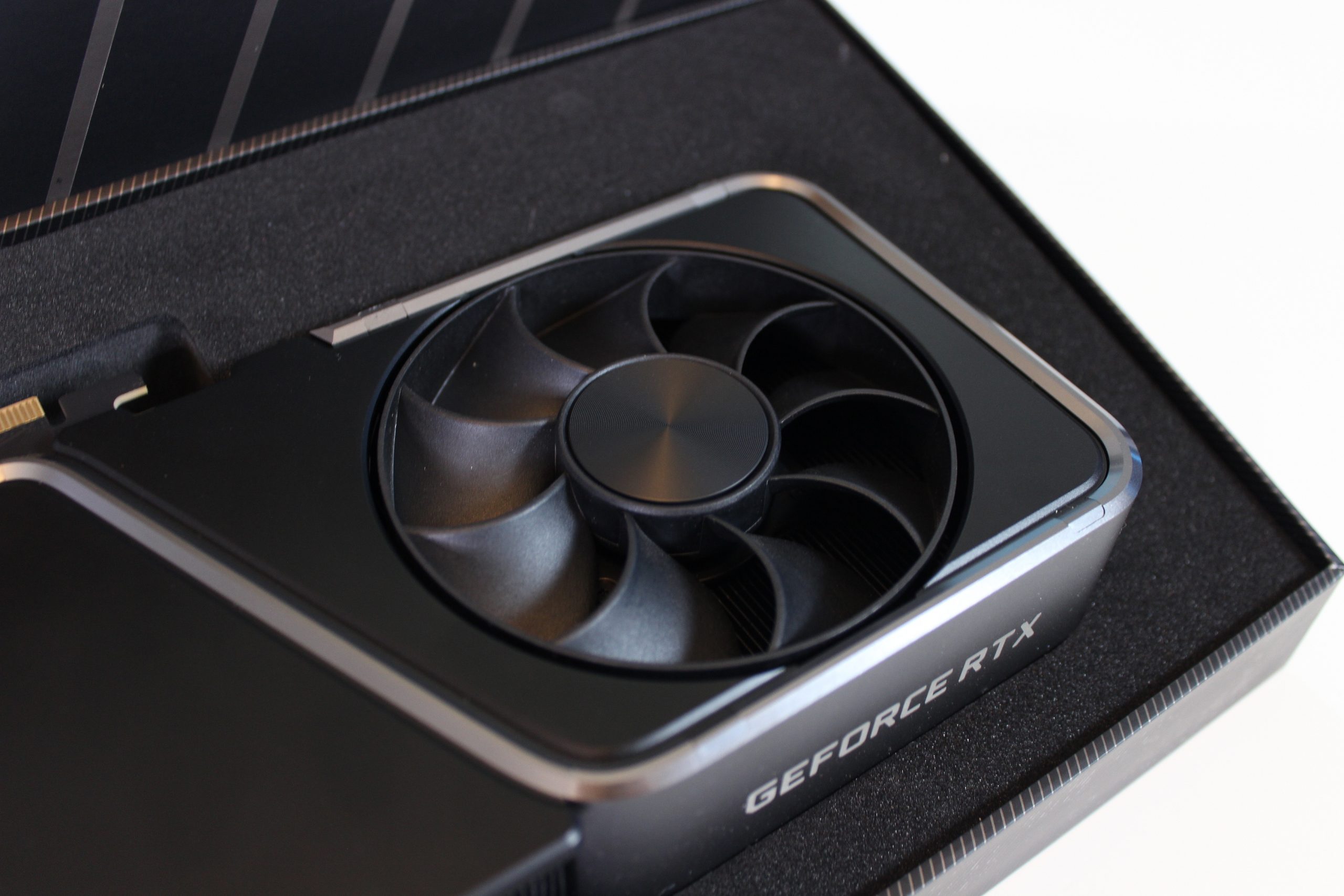If the goal of the Titanium series in the Ampere lineup was to fill in the gaps between the main tiers the NVIDIA has succeeded in that in both price and performance. While the RTX 3080 Ti came closer in performance and price to the RTX 3090 than it did the RTX 3080 it was still quite exuberantly priced. The RTX 3070 Ti may come in closer to the RTX 3070 than it does the RTX 3080 but it still hovers the middle region there making it a suitable middle man to take up that mantle.
There was admittedly some concern for the cooling solution as the RTX 3070 Ti still carries the same memory capacity of 8GB of VRAM on a 256-bit bus but it has been swapped out in favor of GDDR6X running at a much higher bandwidth of 608GB/s rather than the RTX 3070s 448GB/s of course at the expense of more power and heat from the GDDR6X modules.
But that all translates into a quite good performance where, in most cases, we see the RTX 3070 Ti is right there with the Radeon RX 6800 even with its memory deficit over the competitor’s card, which places it much more favorable light than with the original RTX 3070. We’re seeing around a 7+% performance uptick over the non-Ti counterpart and while that does put it ahead of the RTX 3070 by a fair margin it still leaves a decent gap between it and the RTX 3080, but with aftermarket overclocked variants we could see this card pull much better performance in the AIB sectors so make sure and check those reviews as well.
I can’t go over performance without mentioning DXR and the likes of Ray Tracing’s performance. It’s there, people argued that the RTX 20 Series just wasn’t quite there, but the RTX 30 Series is it. We’re seeing great performance in all games that run the RT features and even better when they’re paired with DLSS. Early implementations of DLSS may have been mired with image quality issues but the later DLSS 2.0 has been spectacular.
The cooler on this card does its thing, but it does run a bit warmer than expected on our open-air test bench. I will say, subjectively speaking, that it is one of the quietest RTX 30 Series cards outside of the RTX 3090, so there is some room here to adjust fan profiles and make the thermals much more comfortable to each person. That said, it did not appear to affect the performance of the card in any way and the memory modules all stayed under 85C through the duration of our testing which is much better than the 100C of the RTX 3080 Ti we previously reviewed.
Okay, let us revisit the memory deal here because I know so many are going to be questioning this. NVIDIA markets this card as a 1440p monster, and it delivers at that resolution without blinking an eye. BUT, its direct competitor the Radeon RX 6800 had double the VRAM at 16GB, and yes, it’s GDDR6 on a 256-bit bus but it also carries AMDs Infinity Cache that does help it at that resolution by a fair margin. Performance across both is comparable and we didn’t run into any VRAM issues at 1440p or Ultrawide 1440p, the only issue we ran into at 4K was with Resident Evil Village with RT Enabled, so I don’t know that I would recommend this one to someone looking at 4K gaming, you’ll want to step things up in the VRAM department there but at 1440p I can’t say that I would be concerned for quite some time.
At the end of the day, the RTX 3070 Ti delivers a gap filler with great performance but at the cost of power draw. It was intended to fill the gap between the RTX 3070 and the RTX 3080 where their competition placed themselves and showed up with the right mix of GPU and memory performance to do just that. The price tag of $599 (for the Founders Edition and hopefully some more) is right there in the middle of the RTX 3070 and RTX 3080 giving you options along the way.
The post NVIDIA GeForce RTX 3070 Ti Review – Full Fat GA104 by Keith May appeared first on Wccftech.



